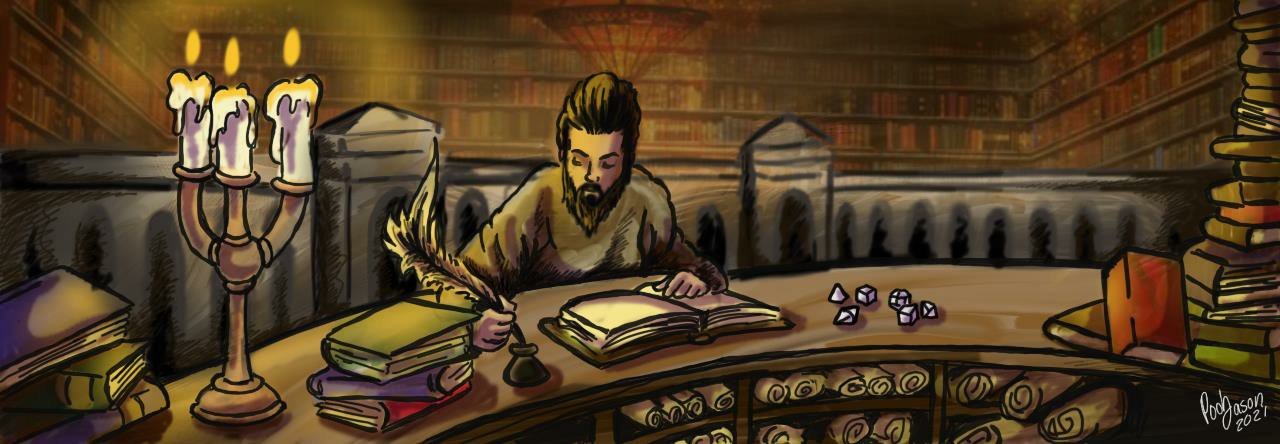This post continues my exploration of subgrouping in D&D by offering a few straightforward suggestions for handling and avoiding disruptive forms of subgrouping. I’m going to keep this short and sweet. For those of you that missed my first post on the topic, you can find it here.
Tag: Subgrouping
In my field, relational group dynamics play an important role, both in the clinical and educational setting. Theoretically, I’m very much grounded in the work Irvin Yalom when it comes to understanding clinical group processes. He wrote The Theory and Practice of Group Psychotherapy, and it’s now considered a classic by many in the field. I was recently reviewing passages on subgrouping (or fractionalization–the splitting off of smaller units within social organizations) after I observed some students engaging in this process.
This incident later got me thinking about subgrouping in D&D groups (or any rpg group for that matter). In my experience, this is a common and normal group process; however, it can also be disruptive. In this post, I want to explore the idea of subgrouping in D&D groups. In a follow-up post, I will address some of the ways to handle and avoid subgrouping. For now, I’m just going to discuss what subgrouping is and how it may manifest in a D&D game.
While a D&D group is not meeting for psychotherapeutic purposes, I still find that D&D relational dynamics may be better understood with reference to the field of group psychotherapy. With that said, I wish to be clear that my thoughts at this stage are very tentative and undeveloped. I really just want to get some of these ideas out while I’m still rolling them around in my head. Perhaps others may find this line of thought interesting as well.
